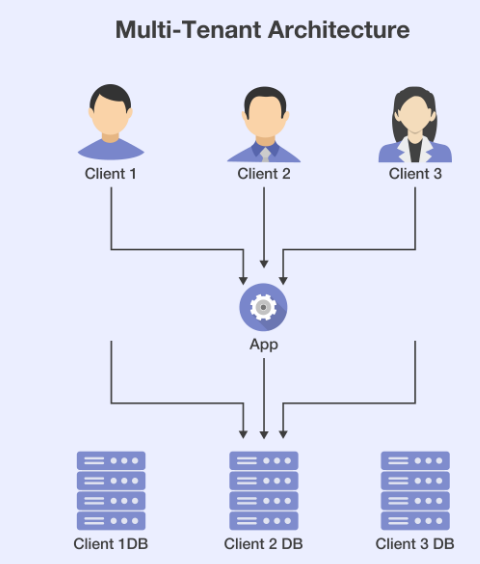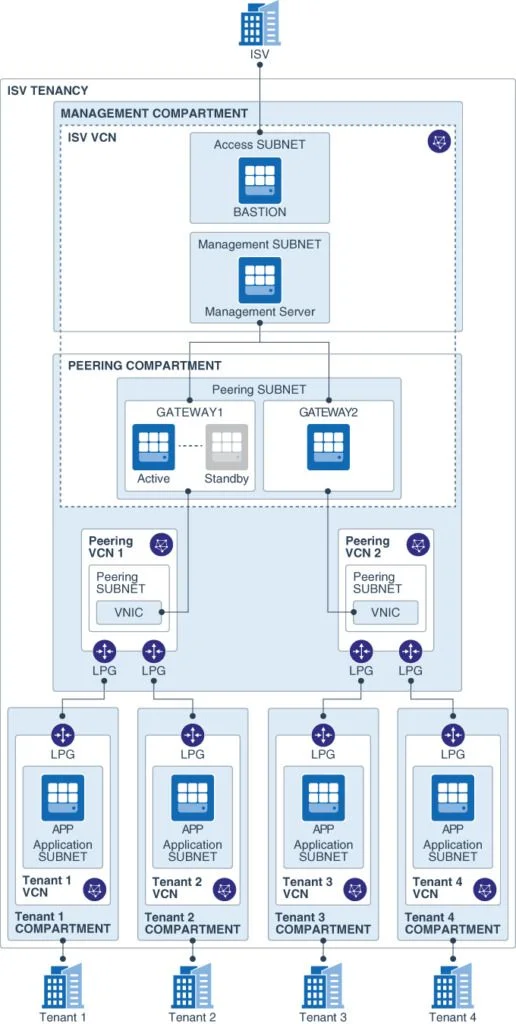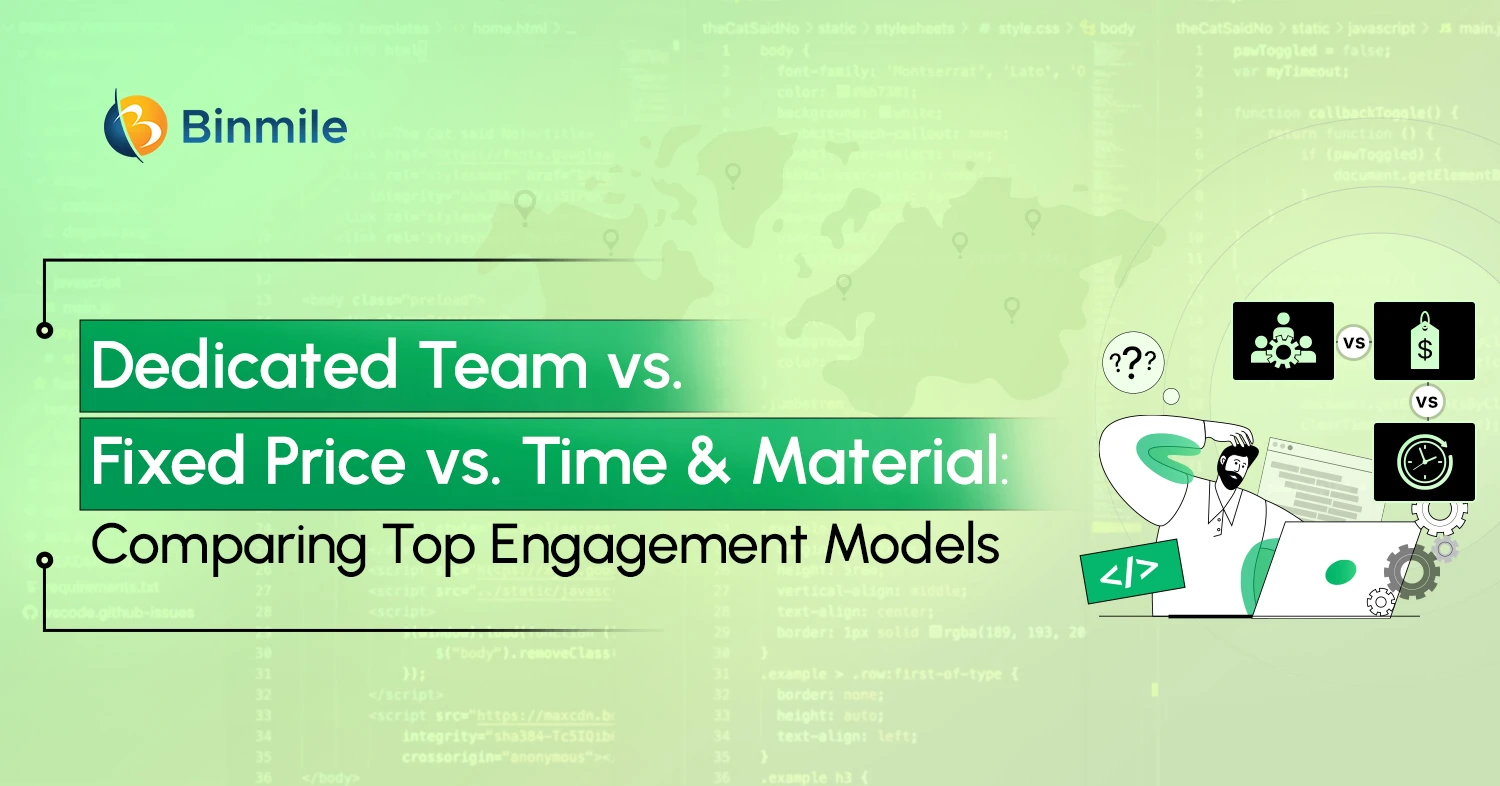- Custom SaaS App Development
- Differences between Vertical SaaS And Horizontal SaaS
- SaaS App Development
- SaaS App Development Company
- saas application architecture
- saas architecture in cloud computing
- saas architecture patterns
- SaaS model
- SaaS Tenancy Models
- software development company
- What is SaaS Architecture?
Your decisions to choose a specific type of SaaS architecture for your business affect the magnitude of your control over your data, infrastructure, and customization options. Moreover, it also matters a lot when it comes to creating cutting-edge products and optimizing technology costs. That’s because every software architecture is designed to perform based on its built-in tools, structures, and how they interact with each other.
Here, we are discussing SaaS (Software-as-a-Service) architecture and everything associated with it, in terms of types, tenancy models, benefits, and other elements that constitute the efficacy of one of the most sought-after software delivery models in the world.
What is SaaS Architecture?
SaaS Architecture stands for a software delivery model. It involves a vendor or SaaS service provider who hosts an application on a remote server for a company before the application’s capabilities can be delivered to the end users of that company over the Internet. This means an application hosted on a remote server is accessible to premium subscribers. Apart from the application, these companies are also allowed to access the same hosted hardware, network, operating system, and other related components provided by the vendor.
The end-users of these hosted SaaS solutions are supposed to pay a recurring subscription fee. In return, the SaaS vendor takes care of all the technical issues associated with hardware, data storage, updates, middleware, and infrastructure security. To make the term ‘SaaS architecture’ more understandable, you need to understand SaaS. It is a web-based software application model accessible to end users through the Internet. This model is based on premium subscriptions for users to be able to access the entire application and its IT infrastructure.
As reported, the global market value of SaaS was estimated in the figure as USD 215.10 billion in 221 and is projected to grow at a CAGR of 19.7% from 2022 to 2029, amounting to USD 883.34 billion from USD 251.17 billion in 2022. Salesforce, Zoom, Netflix, Hubspot, and Slack are some of the top examples of SaaS subscription-based delivery models.
An Overview of SaaS Architecture Types
In this section of our narrative, let’s discuss the types of SaaS based on varieties.
1. Vertical SaaS
One of the SaaS architecture varieties, Vertical SaaS provides industry-specific solutions, such as –
- Healthcare
- Real estate
- Agriculture
- Finance
- Logistics
- Retail
This variety of SaaS architecture has a predefined niche or industry-specific standards as a targeted vertical. An argument can arise as to why the market of vertical SaaS seems to be limited to a specific or a single industry offering a narrowed profitable margin, but that’s not the case. Offering a different set of functionalities and solutions to a specific niche could also signify solving a specific problem cost-effectively. This is what the vertical SaaS model stands for.
Yes, the likelihood of vendor dependency is there in this variety of software delivery models, but it largely depends on a company’s decision-makers to evaluate the pros and cons of the SaaS solution about their business requirements, budget, and market demands.
Popular Examples: ClearCare, Kinnser, Medidate Solutions, Toast, HotSchedules, Workrise, Quizlet, Byju’s, Blackboard, MyCase, Clio, Applied Epic, Duck Creek Technologies
2. Horizontal SaaS
The horizontal SaaS architecture focuses on the functionality in terms of software category rather than latching on to the industry requirements. It provides industry-agnostic solutions to diversified targeted verticals or different industries. For example, applications for marketing, sales, and communication fall under the ambit of horizontal SaaS architecture. They offer functionalities that meet specific business requirements of users across all industries.
For industries, choosing the horizontal SaaS model should be tied to an informed decision based on their business conditions. It should also involve choosing horizontal SaaS applications that would result in meeting customers’ demands.
Popular Examples: SalesForce, Mailchimp, HubSpot, Dropbox, Slack Technologies, Zendesk
Know the Differences: Vertical SaaS vs Horizontal SaaS
| VERTICAL SAAS | HORIZONTAL SAAS |
|---|---|
| Focuses on targeted vertical. The niche is already specified | Covers a wide range of industries |
| Focuses on industry requirements | Focuses on software categories |
| Competition is moderate | Stiff competition |
| Complicated and difficult to maintain | Easy to use and maintain |
| Quickly adapts to changing trends and needs of the industry | Takes time to adapt to specific industry needs |
| Higher chance for conversions due to a small audience base | Takes time to convert due to a large audience base |
An Overview of SaaS Tenancy Models
The term ‘tenancy’ in the SaaS model means every single customer who uses a SaaS platform for which the customer pays a subscription fee. Though a fundamental construct of a SaaS environment, the tenancy model doesn’t mean to indicate that it has anything to do with influencing your application performance.
However, the numerical increase of tenants in your SaaS system would surely indicate the increasing viability of your product, meaning it is helping customers to manage their businesses through a unified experience. The role of the tenancy model is to ensure that the customers’ expectations are met, developers are provided flexible solutions, costs are set, and operational complexities are maintained.
Types of SaaS Tenancy Architecture
1. Single-Tenant Architecture

As the name itself suggests a single-tenant SaaS architecture indicates a single customer or tenant who pays a subscription fee to buy the hosted SaaS solution. In this model, an application’s single dedicated instance is deployed for an individual customer. In other words, each customer gets a dedicated software instance, server, database, and a single infrastructure, allowing them not to share their respective database with other tenants. It also buyers to customize the software based on their business needs and scale up or down as and when needed.
For instance, in Oracle’s Cloud single Infrastructure tenancy, each tenant’s application resources are isolated in discrete compartments that ensure logical isolation of the resources and enable granular access control. As a result, tenants have access to a similar SaaS solution with a different version and can customize the app when needed.
Image Presentation of Oracle’s Single-Tenancy SaaS Model
2. Multi-Tenant Architecture
The SaaS architecture of the multi-tenancy model is quite opposite to its single-tenancy model. In this model, a single instance of the app is deployed and shared among all the tenants or customers. It is one of the most sought-after architectural types when it comes to designing a SaaS app. It allows customers to share a common database and app information among themselves, with the exception that the data of each tenant is secure. In very simple terms, a multi-tenant SaaS model allows all its premium subscribers to use and share the same SaaS solution or software to save time and store data.

An ideal example of a multi-tenant SaaS model is Google Workspace (formerly called G Suite).
3. Mixed-Tenant Architecture

Mixed tenancy is an architectural paradigm in which one or more parts of an application are dedicated to each tenant or customer, while the rest of the components are shared between all the tenants.
Application Measurements of Each Tenancy Model
| Measurement | Single Tenant | Mixed | Multitenant |
|---|---|---|---|
| Scale | Medium | High | Very High |
| Tenant isolation | Very High | High | Low |
| Cost per tenant | High | Medium | Low |
| Operational complexity | Low-High – Individually simple, complex at scale | Low-Medium – Need to address complexity at scale | Low-High – Individual tenant management is complex |
Benefits of Deploying SaaS Architecture
- It helps you avoid expensive maintenance, as your SaaS vendor will take care of the backend infrastructure on your behalf.
- You don’t have to worry about potential data loss in case of local data center failure. Your data are stored on remote servers. Data backups are automatically built into SaaS architecture.
- It helps you handle your business operations seamlessly and without any technical hiccups, thanks to modern cloud-native technologies with fully tested versions released by your SaaS vendor.
- Certain vertical SaaS solutions also provide you with built-in compliance, meaning you don’t have to rely upon separate tools to ensure compliance.
- SaaS-hosted applications can also help you deal with your short-term engineering projects. This, in turn, will help you save time and costs on building a complicated and costly stack of technologies and tools.
Also Read: Types of eCommerce Architecture
Practical Tips for Building a Robust SaaS Architecture
1. Focus on Simplicity of Use and Customization
What is the use of paying for an application that is too difficult to manage? Therefore, customers should not have to hire professionals to operate your SaaS solution. It should be designed to allow users to use and customize the SaaS solution according to their needs, without having to write code.
With easy-to-use APIs provided to your SaaS architecture, you will enable customers to customize the platform more flexibly. Considering how customers don’t appreciate when an app doesn’t work as it should, make sure you have in place a self-service SaaS application to help customers make things easy for them.
2. Involve Multi-Tenancy Architecture Feature in your Saas Solution
SaaS applications should not be limited to serving just a single customer. It should be designed to serve more than one or thousands of customers or should be as flexible as possible in serving the customers. Involve a multi-tenancy architectural approach to your SaaS solution using common infrastructure and code base to serve customers well, and maintain your SaaS app easily.
- Use a single app instance with multiple to allow different databases access simultaneously.
- Use a single app instance with one database to allow customers to use a new database unless the old one is fully utilized.
The downside of the above approach is that while the first one involves substantial investment in the beginning, the second one may limit scaling, which then can affect your app’s performance to the annoyance of your users. We recommend that you should consult an experienced software development company and let its experts help you walk through various options for a SaaS application deployment using best practices conducive to your business needs and budget.
3. Leverage Microservices Architecture
Using microservice architecture allows you to structure decoupled applications into a collection of data and services. As a result, you will independently write, deploy, test, and the path of each service. Netflix is a fine use case of microservices. The streaming service giant leverages it to streamline operations, such as – billing, movie recommendations based on watch histories, identifying devices to optimize the viewing experience, and adding copyright marks to all files. Moreover, using microservices will also allow you to facilitate scalability and isolate problem areas without making an overall change to an entire application.
4. Keep Data Security in Mind
No matter how innovative your SaaS solution may appear to your customers if it was not designed keeping data security in mind, it would ultimately drive them away from opting for your solution. To handle this, make your SaaS solutions impenetrable against costly breaches by employing a host of security protocols, including Role-Based Access control (RBAC). It is a fundamental component of your SaaS architecture to improve data security. It restricts system access to authorized users by implementing mandatory access control. Also, it allows users to designate roles by job competency.
5. Ensure Regulatory Compliance Built-In
For a solution based on a vertical SaaS architecture, make sure your application has mandatory compliance built-in. Understand that while some policies are industry-specific, there are those applicable across the board.
6. Bring Scalability to Your SaaS Architecture
Scalability becomes a must-have necessity for a SaaS application when it is popular far and wide. Considering a growing business also happens to generate increasing transactions, queries, and metadata, you should, therefore, design your SaaS architecture to autoscale and handle mounting loads without comprising the performance.
7. Address Vendor Lock-In Concerns Effectively
Vendor lock-in concern arises when a company finds it difficult to move from one vendor to another. You need to address the issue by ensuring that your SaaS application supports standard integration APIs. As a result, your users won’t face problems connecting with other SaaS solutions or on-premise apps. Another benefit it would afford is to allow users to add capabilities to an existing SaaS app instead of discarding it for a new replacement.
8. Implement Cost Monitoring to Your SaaS Applications
For a vendor, multi-tenancy SaaS architecture is an economical approach. However, it soon becomes problematic when the costs pile up as premium subscribers keep increasing. This is where you need to have a perfect cost visibility mechanism. It will inform you of the totality of instances you spin up in a specific period.
Final Words
SaaS architecture gives a new direction to your business paradigm. From helping you manage your business operations to data security and speed of performance; the benefits of SaaS delivery models are tremendous. Enterprises and organizations from around the globe always aspire to achieve the maximum business goals. The role of SaaS in helping them achieve a significant portion of their goals has been acknowledged as important and cost-effective. Crucially, modern SaaS strategies often extend to mobile application architecture, ensuring seamless access and functionality across devices. However, as an organization vying for a competitive advantage in the market, you are advised to choose SaaS as your primary architecture after analyzing some pointers, such as –
- Which SaaS solutions customers are supposed to pay for?
- What about a database and application hardware? Do all the customers share the same?
- Are customers looking for different databases without sharing a similar architecture?
- Are the customers really in need of your Cloud solutions?
Ask yourself these questions before you decide to choose the right SaaS architecture model. Get clarity on what specific services or solutions are your customers looking for. For more assistance, you can schedule a call with our expert to get a thorough understanding of how we employ the best SaaS practices and deliver solutions by leveraging the core capabilities of SaaS models.
Frequently Asked Questions
SaaS Application Architecture refers to the design and structure of software as a service (SaaS) applications, outlining how various components interact to deliver functionality to users over the internet.
Key components typically include:
- Frontend: The user interface (UI) layer that interacts with users and presents the application’s features and functionality.
- Backend: The server-side logic responsible for processing requests, managing data, and performing business operations.
- Database: The storage layer for persisting application data, often using relational or NoSQL databases.
- APIs: Application Programming Interfaces that enable communication between different components of the application and integration with external services.
SaaS architecture in cloud computing refers to the design and structure of software as a service (SaaS) applications that are deployed and delivered using cloud computing infrastructure and services.
SaaS architecture Patterns are commonly used design approaches and principles for building software as a service (SaaS) applications. These patterns provide guidelines and best practices for structuring and organizing various components of a SaaS application.










